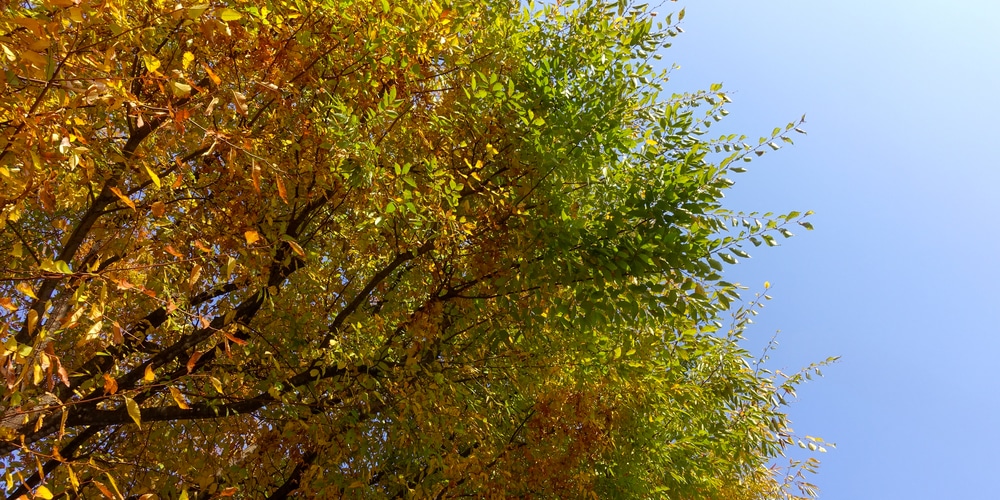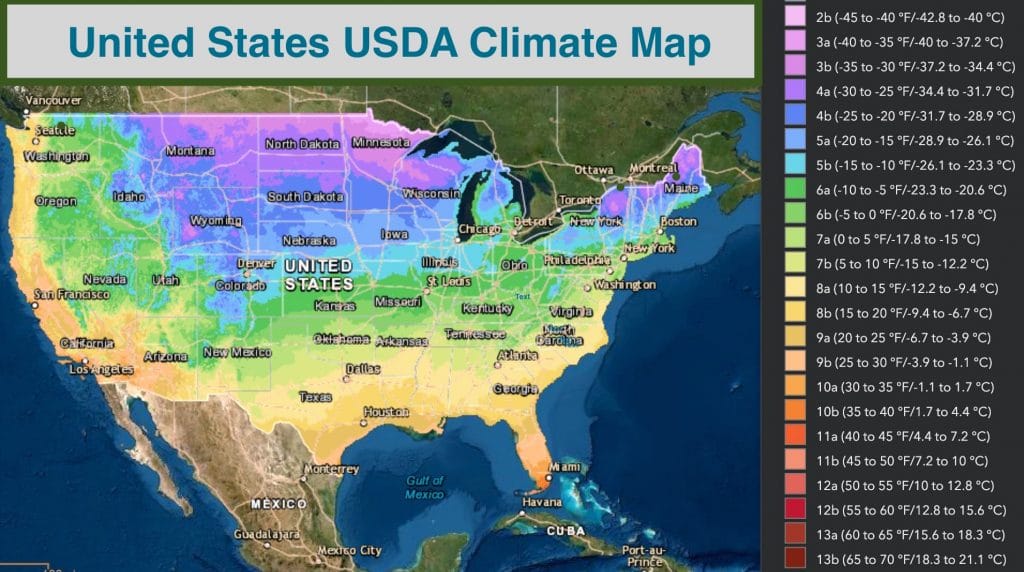The zelkova tree (Zelkova serrata) is native to the forests of Japan and China, but it has been cultivated in areas outside of its native range for many years. The Japanese elm is a hardy tree that thrives in many different climates. Let’s take a look at some of the pros and cons of adding zelkovas to your yard.
Pros of Zelkova Trees
Zelkova trees are an attractive option for people who want to grow shade or ornamental trees in their yards. Let’s take a look at some of the benefits!
Elm Tree Replacement
If you’re looking for a tree that can handle city life, zelkova trees are your best bet. They grow well in urban environments, and they don’t need too much attention.
Furthermore, they look like elms and can be used to replace those lost in the epidemic of Dutch elm disease that devastated many American cities during the 20th century.
Foliage
Zelkova trees have dense foliage and flowers in spring and summer. Their leaves turn red and yellow in fall, which makes them a beautiful addition to any yard or street.
Size
Zelkova trees are known for their tall and stately stature—they can grow up to 80 feet tall if given enough space.
Because of its extensive root system, your zelkova tree should be planted at least 15 feet away from any buildings or driveways. The roots can also help stop erosion along stream banks and river beds.
Easy To Grow
One of the most common street trees is also one of the easiest to grow: the zelkova tree. Zelkova trees are hardy and easy to care for, which makes them a popular choice for homeowners who want to add some green to their property. They’re also drought-tolerant and adaptable, so they can handle the heat of summer and cold winters.
Resilience
It takes about ten years for these trees to reach maturity, but once they do, they’re incredibly resilient. They grow well in the sun or partial shade and thrive on a wide variety of soil types.
With their strong roots, they are easy to transplant if you decide to change your landscaping plans later.
Cons of Zelkova Trees
Zelkova trees are fantastic for their beautiful, graceful appearance and their ability to grow in harsh environments. However, there are some things to watch out for when planting them in your yard.
Pruning
Pruning keeps trees from growing too tall and removes dead and damaged branches, but can be time-consuming and expensive because of the large size.
Animals
The drupes of the tree might attract animals, particularly deer. You will want to keep your tree fenced in or covered with netting if possible so that it doesn’t get eaten.
Cold Temperatures
Zelkova trees grow best in areas with long hot summers and mild winters (in USDA zones 6-9). They can survive cold temperatures but may not thrive in colder climates, such as those found in zone 3 or below. The growth of the zelkova tree may be stunted by such conditions.
Root Rot
They’re susceptible to root rot if not properly drained or overwatered, which can kill a tree quickly if left untreated. They must be planted in well-drained, sandy soil with good drainage.
Final Thoughts
There are many reasons why you might want to consider planting a zelkova tree in your yard. They’re beautiful trees that provide year-round interest and require little maintenance. They’re also useful for erosion control, so if you live in an area where this is a problem, consider adding one of these trees as part of your landscaping plan!

